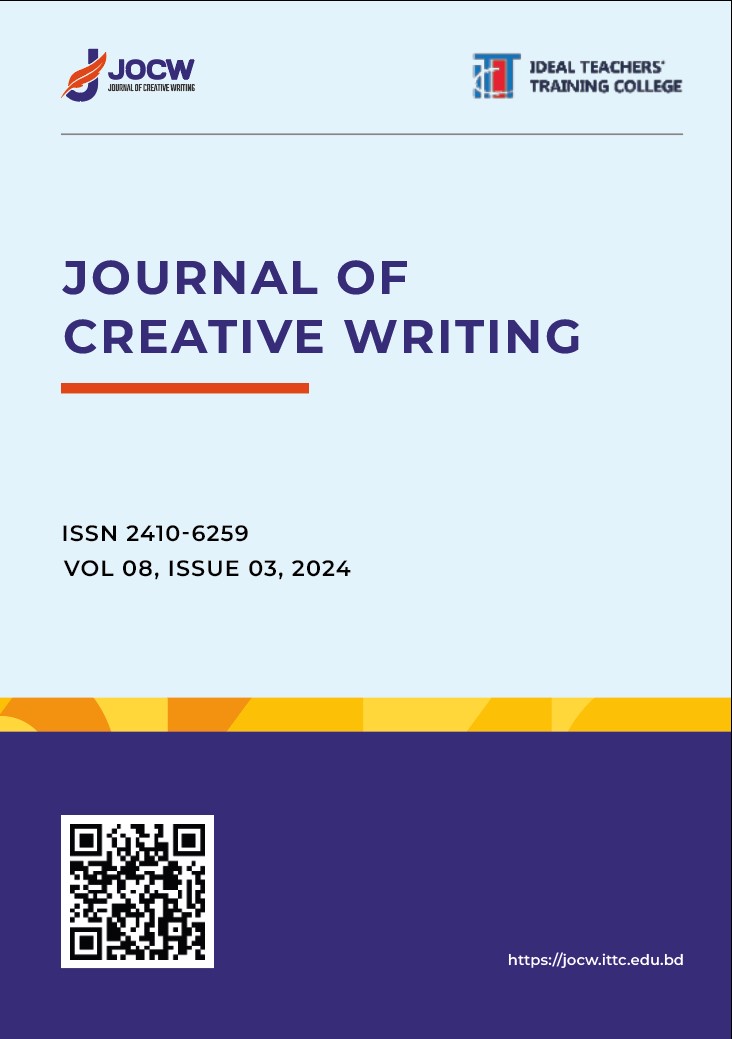Abstract
This study aims to analyse the presentation of crime reports by newspapers in Bangladesh, emphasising the patterns, substance, and underlying factors influencing crime coverage. This study is directed by five research questions examining the portrayal of crime news and the calibre of reporting. The research employed a descriptive methodology, examining 42 issues from six leading Bangladeshi newspapers: Prothom Alo, Jugantor, Daily Ittefaq, Bangladesh Pratidin, The Daily Star, and The Daily Observer, published in October 2021. Qualitative and quantitative methods were employed, utilising structured content analysis and interviews to gather data on elements suca7h as diction, gender sensitivity, and image inclusion. The findings reveal inconsistencies in the reporting of crime news, characterised by sensationalism, inadequate follow-up, and stereotypical representations. The majority of respondents comprehended the overarching themes of crime news but expressed apprehensions about accuracy and the necessity for impartial reporting. Historically, newspapers have been essential in distributing information and shaping public opinion. Notwithstanding the proliferation of digital media, newspapers in Bangladesh remain a significant resource for comprehending crime reporting. The study seeks to identify deficiencies in coverage and offer solutions for raising the ethical standards of crime reporting, thus improving public awareness and informing crime prevention strategy.

This work is licensed under a Creative Commons Attribution 4.0 International License.
Copyright (c) 2024 Mohammad Jewel Islam

 https://doi.org/10.70771/jocw.124
https://doi.org/10.70771/jocw.124







 Create or Connect your ORCID iD
Create or Connect your ORCID iD